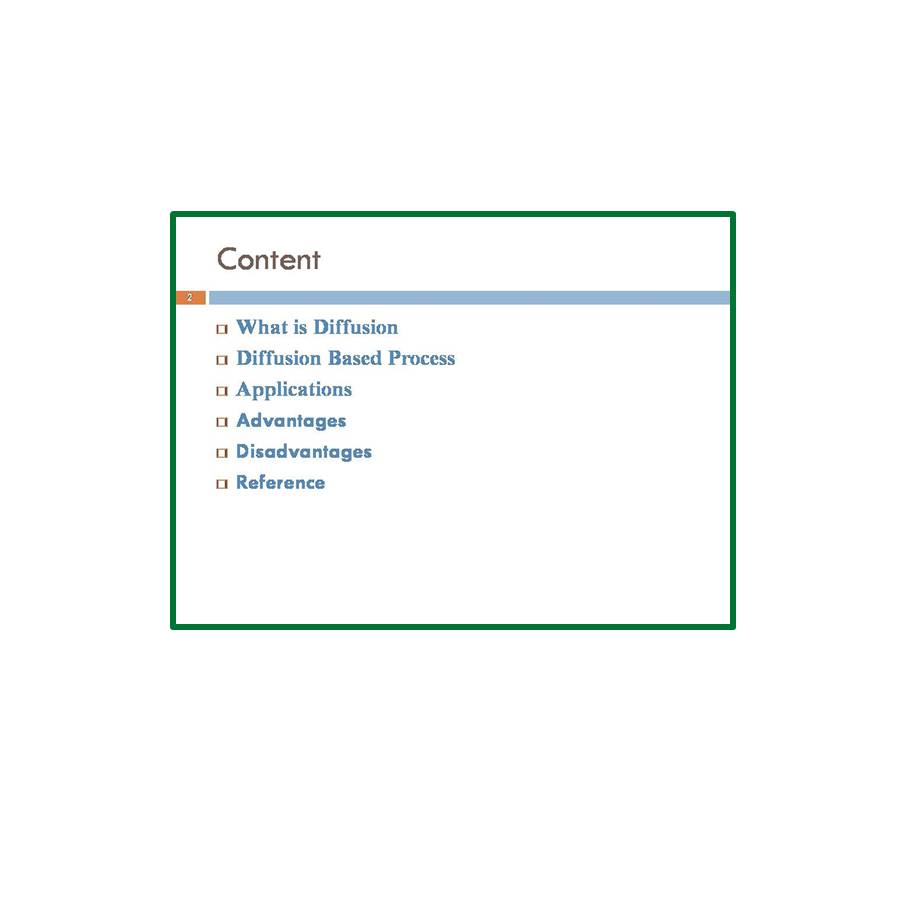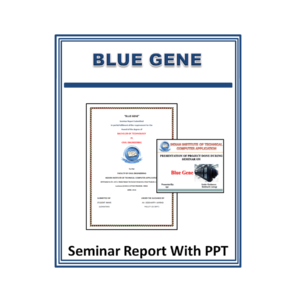Description
INTRODUCTION
Diffusion-weighted magnetic resonance imaging (MRI) has become an established method for the noninvasive evaluation of cerebral ischemia in both animal models and humans. Although the biophysical mechanism(s) underlying apparent diffusion coefficient (ADC) reduction remain incompletely understood, diffusion-weighted imaging (DWI) is widely recognized for its ability to noninvasively detect ischemic brain injury within minutes after its onset, whereas other conventional imaging techniques (such as T1- and T2-weighted MRI and computed tomography [CT]) fail to detect such injury for many hours.
Diffusion Seminar Report
Page Length : 13
Content :
- Introduction
- What is Diffusion?
- Application
- Types of Diffusion
- Principle and Working
- Advantages
- Disadvantages
- References
Diffusion Presentation Report (PPT)
Page Length : 28
Content :
- What is Diffusion
- Diffusion Based Process
- Applications
- Advantages
- Disadvantages
- Reference















Reviews
There are no reviews yet